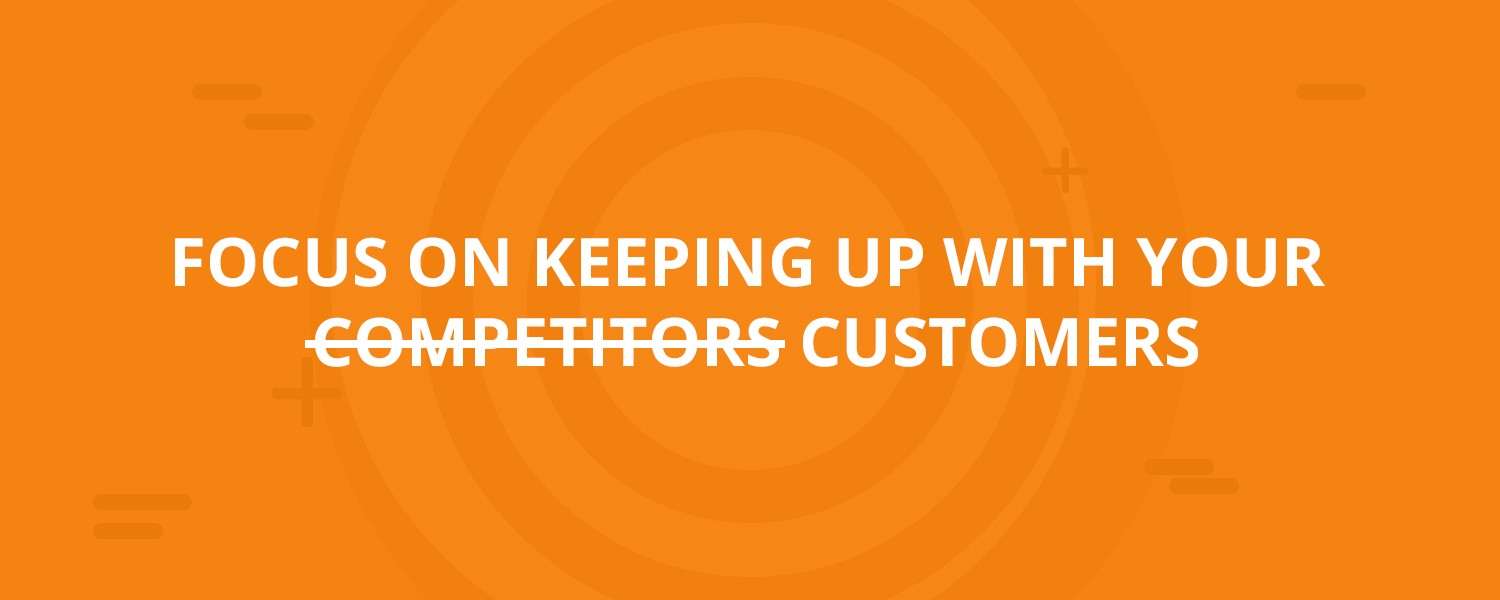96% of unhappy customers don’t complain, however 91% of those will simply leave and never come back. – 1Financial Training Services
A mistake that many businesses make is to assume that all is well if their customer support hotline is not ringing off the hook. Not hearing from disgruntled customers does not mean they are happy. Rather, many unhappy customers don’t complain because it requires too much effort, they believe there is no point, they don’t want to bother or they are afraid of the outcome. As a result, they turn to complain to their friends and you may lose existing or prospective customers.
“Prevention is better than cure”, and this saying stands true also with your customers. Keeping customers happy, therefore, requires proactive effort and an effective customer engagement plan. Let us take you through the process of how to get your customer engagement plan up and running.
1. Get to Know Your Customers
You cannot have an effective customer engagement plan without knowing your customers well. Making assumptions just don’t work, and may even end up in disaster. Therefore, work towards getting a genuine insight into your customers. Learn their behavior – how they interact with your business, their spending patterns, and product choices. You can either go about this passively though reviews, their past purchases, and feedback. Or you can collect information actively by asking them direct questions or over social media posts.
Once you collect data, separate assumptions from the facts. Passive data can help you conclude what your customers prefer based on your study of them. However, active data can help you narrow down on absolute facts and help you fine-tune your strategy.
2. Plan Your Communication
A passive brand does not retain customers. Active, customer interaction does! Customer interaction does not mean that you bombard them with information – rather, it means that you keep up a steady pace of introducing something new and interesting to your customers each time you engage with them.
For instance, if your brand has 5 new or existing services, you are no doubt eager to spread the word and share your excitement. However, to a customer, this would be information overload. So space out your content and talk about one service at a time. You may choose to do this either in the form of mailers, social media posts, forums or as part of newsletters that your customers have subscribed to.

3. Schedule Communication
Having planned your content/communication, you need to schedule it. It is important that you maintain a steady stream of communication with them in this distraction-filled world. So space out your content so that you don’t drop off their radar. When you have a content schedule planned, you ensure that your bases are covered irrespective of how busy you are and you can even mesh your content strategy with other marketing plans.
4. How Much Are You Willing to Spend?
A crucial part of your customer engagement plan is your budget. If your eyebrows just went up, let us reiterate that effective customer engagement involves a measure of money, effort and time (which is money). Engaging with customers goes way beyond a few e-mails or periodic tweets. The goal is not just to bring your brand to their attention but to connect with them on a personal level as well, motivating them to engage with your business freely. Under-funding your customer engagement plan can lead to disaster, but once you have the right schedule in place, assigning the right funds becomes simple.
5. Keep it Simple
Speaking about simplicity, less is more when it comes to your customer engagement plan. Avoid complicating things and overwhelming your customers. Your brand should be associated with cohesiveness and values, rather than confusion and spam.
Remember that your goal is to engage with your customer and not to corner them. So avoid coming at them from multiple corners. Keep your strategy simple and your customers will be more likely to approach your brand.
6. Be Flexible
While having a customer engagement plan in place is important, you should also be willing to keep that plan flexible. If your plan receives negative backlash, be ready to go back to the drawing board rather than just double-down and continue with your message. Be prepared and ready to make changes – from tiny adjustment to even changing your entire plan.
In summary, an effective customer engagement plan is proactive and can help you keep your customers happy. Happy customers are more loyal to your brand and are more likely to cross-buy or refer to others. Engaging with your customers not only makes them feel special but also reminds them of your brand constantly.

